
Senior writer Tina Hesman Saey is a geneticist-turned-science writer who covers all things microscopic and a few too big to be viewed under a microscope. She is an honors graduate of the University of Nebraska-Lincoln where she did research on tobacco plants and ethanol-producing bacteria. She spent a year as a Fulbright scholar at the Georg-August University in Göttingen, Germany, studying microbiology and traveling. Her work on how yeast turn on and off one gene earned her a Ph.D. in molecular genetics at Washington University in St. Louis. Tina then rounded out her degree collection with a master’s in science journalism from Boston University. She interned at the Dallas Morning News and Science News before returning to St. Louis to cover biotechnology, genetics and medical science for the St. Louis Post-Dispatch. After a seven year stint as a newspaper reporter, she returned to Science News. Her work has been honored by the National Academies of Sciences, Engineering and Medicine, the Endocrine Society, the Genetics Society of America and by journalism organizations.

Trustworthy journalism comes at a price.
Scientists and journalists share a core belief in questioning, observing and verifying to reach the truth. Science News reports on crucial research and discovery across science disciplines. We need your financial support to make it happen – every contribution makes a difference.
All Stories by Tina Hesman Saey
-
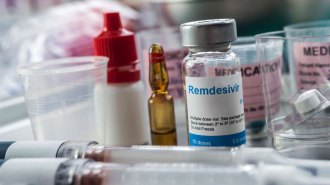 Health & Medicine
Health & MedicineRemdesivir doesn’t reduce COVID-19 deaths, a large WHO trial finds
An international study of more than 11,000 people finds that remdesivir doesn’t prevent deaths from COVID-19, but the drug may still be useful.
-
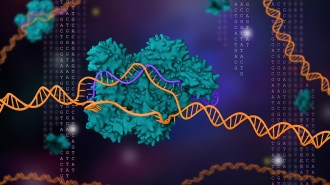 Genetics
GeneticsGene-editing tool CRISPR wins the chemistry Nobel
A gene-editing tool developed just eight years ago that has “revolutionized the life sciences” nabbed the 2020 Nobel Prize in chemistry.
-
 Health & Medicine
Health & MedicineHepatitis C discoveries win 2020 Nobel Prize in physiology or medicine
The 2020 medicine Nobel recognizes work that found that a novel virus was to blame for chronic hepatitis and led to a test to screen blood donations.
-
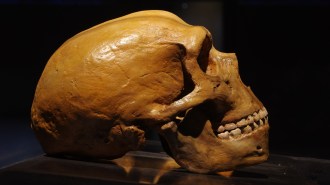 Health & Medicine
Health & MedicineNeandertal genes in people today may raise risk of severe COVID-19
People in South Asia and Europe are more likely to carry a genetic heirloom from Neandertals linked to susceptibility to the coronavirus.
-
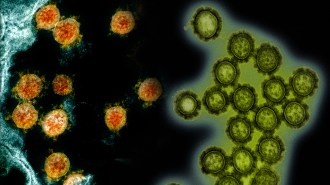 Health & Medicine
Health & MedicineWhat will happen when COVID-19 and the flu collide this fall?
As the Northern Hemisphere braces for a coronavirus-flu double hit, it’s unclear if it’ll be a deadly combo or one virus will squeeze out the other.
-
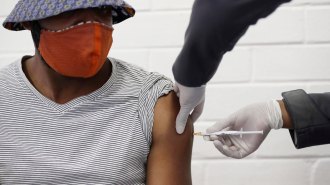 Health & Medicine
Health & MedicineHere’s what pausing the AstraZeneca-Oxford coronavirus vaccine trial really means
A coronavirus vaccine trial was paused after a volunteer had a possible adverse reaction. Such routine measures help ensure new vaccines are safe.
-
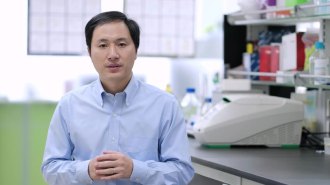 Genetics
GeneticsStrict new guidelines lay out a path to heritable human gene editing
But scientists say making changes in DNA that can be passed on to future generations still isn’t safe and effective, yet.
-
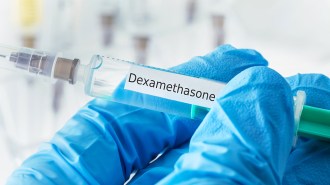 Health & Medicine
Health & MedicineSteroids reduce deaths of critically ill COVID-19 patients, WHO confirms
The finding strengthens evidence that clinicians should give the drugs to people who are severely sick from the coronavirus.
-
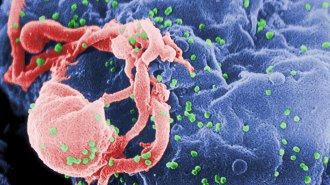 Health & Medicine
Health & MedicineIn a first, a person’s immune system fought HIV — and won
Some rare people may purge most HIV from their bodies, leaving only broken copies of the virus or copies locked in molecular prisons, from which there is no escape.
-
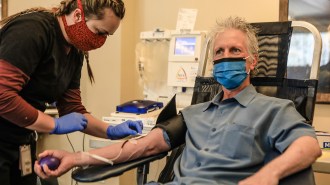 Health & Medicine
Health & MedicineCOVID-19 plasma treatments may be safe, but we don’t know if they work
Blood plasma from COVID-19 survivors can be used to treat hospitalized patients, FDA says, but researchers question how well it works.
-
 Health & Medicine
Health & MedicineNew treatments aim to treat COVID-19 early, before it gets serious
Some new drugs that may stop the coronavirus from getting into cells, or from reproducing itself, may treat the illness as soon as it’s diagnosed.
-
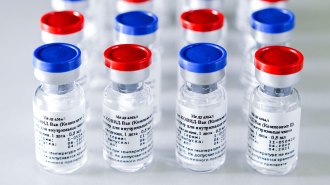 Health & Medicine
Health & MedicineHere’s what we know about Russia’s unverified coronavirus vaccine
Despite incomplete testing, Sputnik V may be the first COVID-19 vaccine given to the general public, rolling out initially to teachers and doctors.